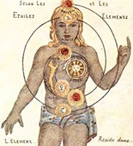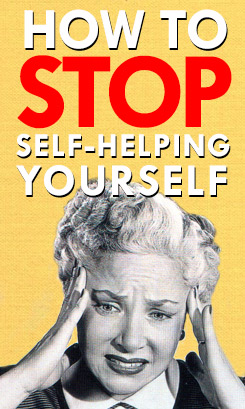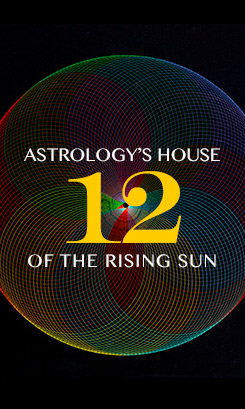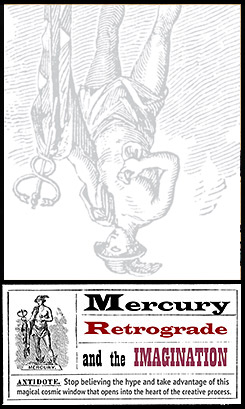Trying to Define How Astrology Works
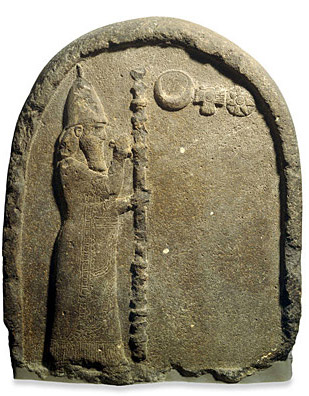
Years into the craft and I still struggle with finding concise ways to explain to clients and friends how and why astrology works. More often than not I shorten my effort, believing that brevity is the key to holding anyone’s attention for longer than, oh, five seconds. Especially when someone is confronted by a subject as potentially intimidating as astrology. I’m still trying to devise the perfect one-minute explanation.
After practicing and teaching astrology for over thirty years I’ve come to understand that the planets and the signs do not ‘do’ or ‘make’ anything happen. This then forces me into the position of trying to define quantum physics, for those of a scientific bent — or, more challenging, the mystic’s vision of the universe: a longing for the ineffable tethered to a visceral sense of a unified reality that is almost impossible to describe; thus volume after volume of a poet like Rumi‘s poetry. And, well, we won’t go there right now.
Usually I will explain that astrology, being ‘up there’, mirrors the various ways reality manifests ‘down here.’ Though there isn’t any sort of gap or lag. A movement ‘below’ is part and parcel a ‘movement’ above. To step outside of this mechanistic framework is to leave the dualistic universe and move straight into the humming heart of acausal ‘is-ness.’
The spiritual teacher U.G. Krishnamurti was even more blunt in his effort to explain the seamless nature of ‘one’ unfolding reality, and the ego’s deluded notion of having a distinct, separate volition. He once said to a particularly pushy student: “You are just a computer. There is no individual there. It is all one movement in the cosmos. The movement of even a leaf affects you.”
Today, while reading a (new to me) book titled Under One Sky I came across a description of astrology by Eugene, Oregon classical astrologer Demetra George that is an enchanting mix of poetry and prose. In fact, after reading Ms. George’s interpretation, I had to set the book aside and allow the clarity of her explanation to really settle in my bones. From her eloquence came a deep resonance.
Quickly — how is the rest of Under One Sky? It’s one of the richest astrology books I’ve ever read. Find a copy and settle in for an engaging astrological journey — twelve different astrologers interpret one single natal horoscope. An amazing concept for a book. Congratulations to author, Rafael Nasser and Steven Forrest‘s Seven Paws Press for putting together such a vibrant work of art. More books like this and astrology will continue to attract serious students and contemporary scholars.
In the book Nasser asked Demetra the following question: “How does astrology work? In what way do the planets, signs and houses exert their influence?…Can astrology be reconciled with any scientific models of reality?” Her response:
I don’t think that astrology can be reconciled with any current
scientific model of reality. It is impossible to prove that the planets have any physical causal influences upon human behavior, and, in any case, I do not think that this is the way that astrology operates. Astrology can only work in a world view in which the cosmos is seen as a living, intelligent being, with a mind and a soul, as Plato suggested over 2,000 years ago. Planets, signs and houses do not exert any influence whatsoever; they neither impel nor compel. Rather, as the celestial handwriting of the cosmic mind, they simply describe what is. To the extent that individuals and events are not anything other than parts of this universal consciousness in manifested form, they will naturally conform to patterning implicit in this creative mind, which has been called by various philosophers the Form of the Good, the Prime Mover, the One, the Monad, and God, in the same way that cells of the human body conform to the patterning of the DNA code.






